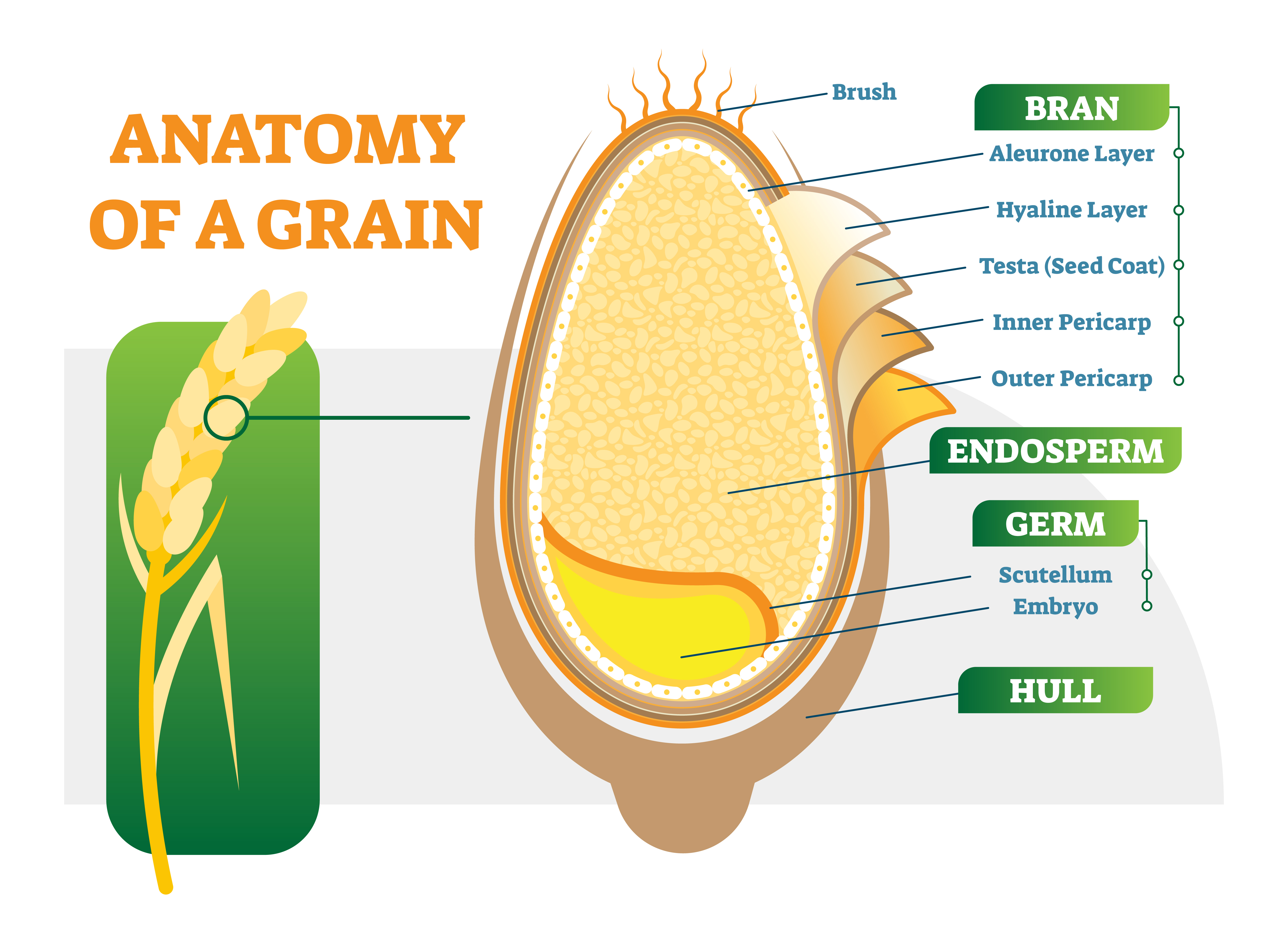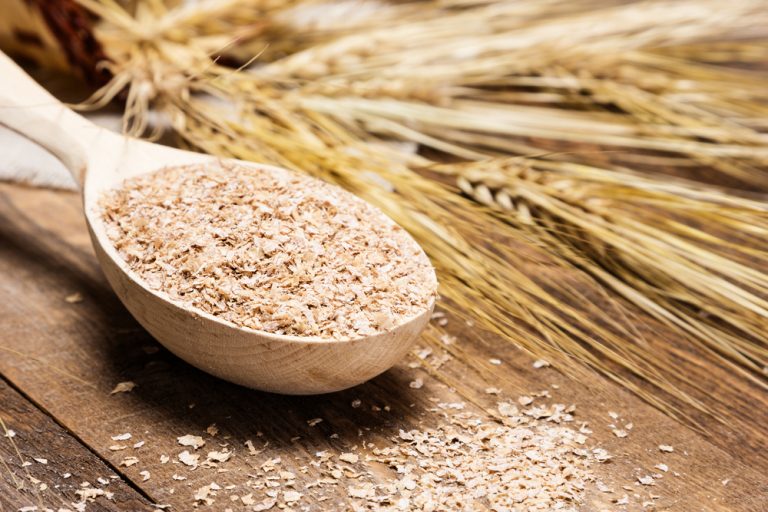Bran is the seed husk remaining after grinding cereal grains. Bran is the most valuable part of the grain that has many properties and nutritional values. Bran should be especially appreciated by people with diabetes and high blood cholesterol. They should also be included in the diet of overweight and obese people. Check why you should eat bran.
Bran - health properties
Bran is primarily an excellent source of fibre. Thanks to its presence, they contribute to lowering cholesterol, as well as accelerate the intestinal passage and prevent constipation. In addition, high fibre content guarantees a faster feeling of satiety, and thus reduces the amount of food consumed. Thus, bran helps maintain healthy body weight, preventing the occurrence of overweight and obesity. They also reduce the risk of cancer (especially colorectal cancer).
Bran is also a wealth of minerals and vitamins. It is also characterized by a high content of phosphorus, iron, magnesium, copper, selenium and zinc. Bran is rich in B vitamins. Thanks to this, they have a positive effect, including on the circulatory system strengthen the walls of blood vessels, lower blood pressure. Ingredients contained in bran also help maintain blood glucose at a constant level, which prevents the onset of diabetes or metabolic syndrome.
In addition, bran is a source of polyunsaturated fatty acids. The nutritional value of bran varies depending on their type. Oat bran has the highest protein content, but it has the least dietary fibre. However, despite this they are considered the healthiest because they contain water-soluble fibre (beta-glucan) and polyunsaturated fatty acids.

Bran - how to eat bran?
Bran in the food industry is used as an addition to bread and pastry, especially for muffins. Additionally, they are enriched with cornflakes, biscuits and shortbread cookies.
They can be used to enrich pancakes, omelettes, pancakes, waffles and meat coatings. They are also a great addition to muesli, granola, yoghurt, cottage cheese, kefir and porridge. They can also be added to cocktails and salads.
Bran - contraindications
Despite the beneficial health properties, bran is not a product recommended for everyone. Bran is rich in phytic acid, which hinders the absorption of iron, zinc and calcium, so including them in your diet, you should also include foods rich in these minerals.
Excessive consumption of bran is associated with reduced absorption of vitamins and minerals for one more reason - fibre content, which reduces their bioavailability. In addition, excess fibre in the diet can cause stomach aches and bloat. Therefore, remember to consume bran in moderation, up to 3 tablespoons a day, and take care of the right amount of water in your diet.






